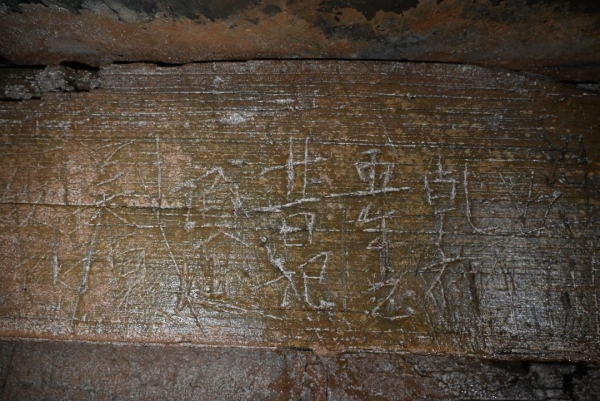148 new cultural relics discovered in Huzhou
During the recent fourth national cultural relics census in Wuxing district, Huzhou, Zhejiang province, a series of remarkable discoveries have been made.
Five new kiln sites in the Nanshan kiln site group have been registered, dating back to the early Shang Dynasty (c.16th century-11th century BC) and even earlier. These findings solidify the Dongtiao River basin, including Wuxing, as a key region for the early production of primitive porcelain.
The Nanshan kiln site group stands out for being home to the earliest primitive porcelain kiln site excavated in China. The site's well-preserved kilns, diverse product types, and clear evolution sequence of artifacts provide invaluable insights into the origins and development of Chinese porcelain production.
The ongoing fourth national cultural relics census in Huzhou is divided into three phases, with the second phase lasting from this May to next May. So far, Huzhou has reviewed a total of 4,217 immovable cultural relics from the third census, and 148 new cultural relics have been discovered during the survey.
The new discoveries include ancient cultural sites, tombs, buildings, stone carvings, and other historically significant artifacts, shedding light on the diverse historical narratives embedded in the region's landscape.
One such discovery is the Xianren Cave Stone Carvings in Anji county, which offers vital insights into the historical and ecological culture of the region.

The Xianren Cave Stone Carvings in Anji county. [Photo/Huzhou News Media Center]





 play
play